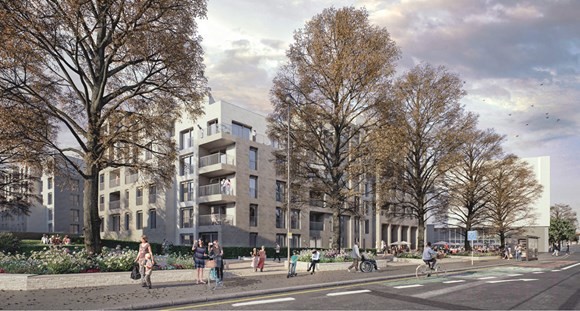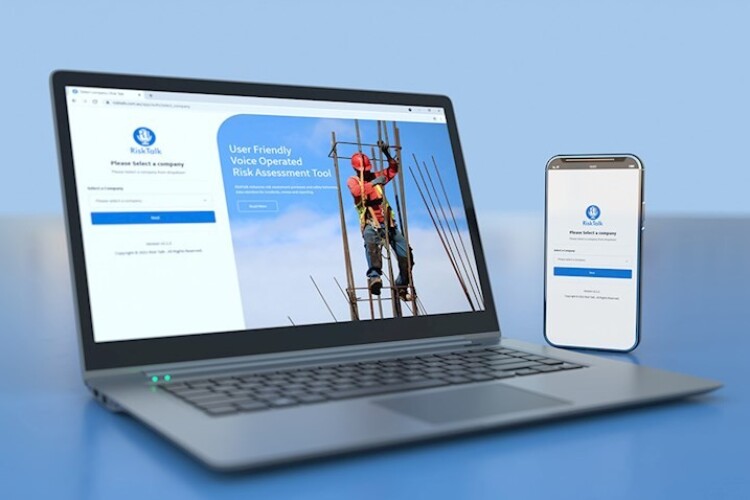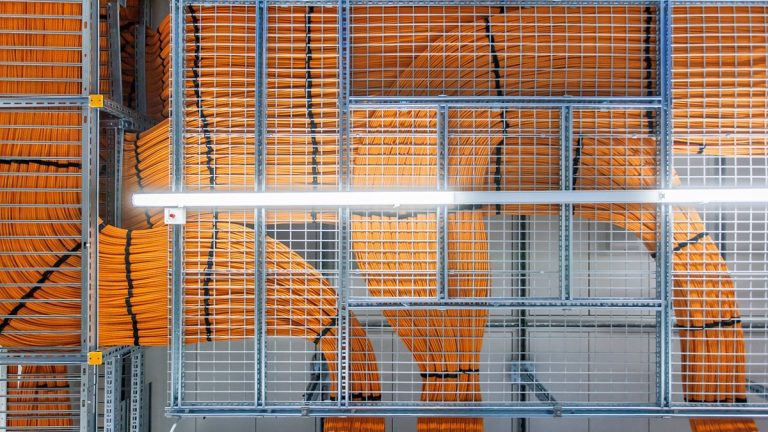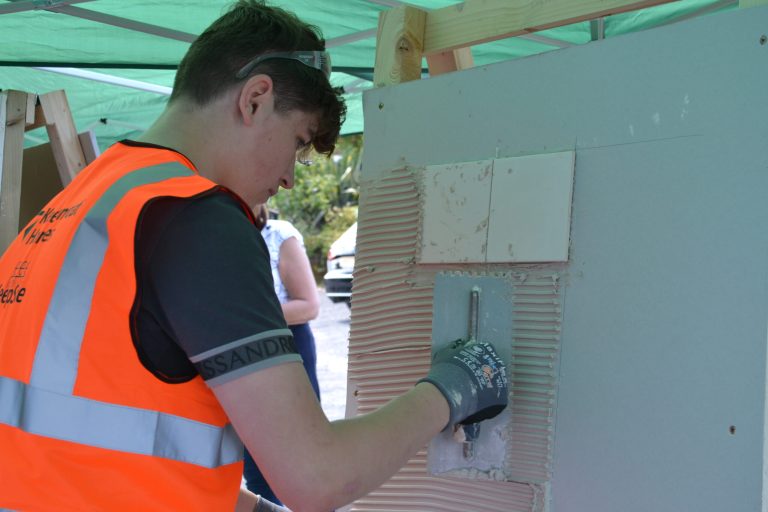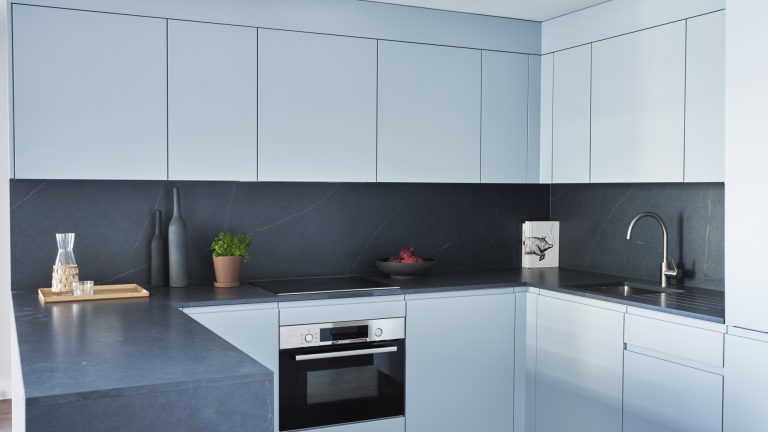With Power over Ethernet (PoE), terminal equipment can be supplied with power directly via the Ethernet cable – now even powerful terminal equipment with up to 90 W, such as smart displays, intelligent PoE lights and actuators. R&M, the globally active developer and provider of cabling systems for high-quality network infrastructures, based in Wetzikon, Switzerland, provides information about new and simpler methods of PoE planning for building installation in an expert interview. Correctly planning cable installation in a smart building With Power over Ethernet (PoE), terminal equipment can be supplied with power directly via the Ethernet cable – now even powerful terminal equipment with up to 90 W, such as smart displays, intelligent PoE lights and actuators. This is why such systems are being used more and more frequently in building installations. With the introduction of remote power categories, PoE support is now also regulated for generic building cabling. However, in practice, the table-based interpretation of the installation standards turns out to be a complex task for planners. Matthias Gerber from R&M explains the problem – and the solution. Matthias Gerber, following an increase in the number of PoE devices on the market, more and more building operators and planners are focusing on the topic, and initial experiences with large-scale PoE installations are now also available. But the standards seem complicated and the feedback from the market is not always positive. Is the connection with PoE cables really so complicated or what is the problem? Gerber: «The problem is more in the way they are installed, not in the cables themselves. However, the two aspects are closely related. The EN 50174-2 standard for Europe and the ISO/IEC 14763-2 standard worldwide have been published since 2015 and describe the planning and installation of universal cabling systems. EN-50173 and ISO/IEC 11801, on the other hand, describe the specification of the individual cabling links. The installation standards build on the cabling standards and describe how cabling has to be installed in buildings. PoE end devices are now being used more and more frequently, and the growth in sensors and drives is exponential. This is why more and more building operators and planners are addressing the issue and are realizing that it is highly complex. In addition, the performance of PoE applications is constantly increasing: Today we have reached 4PPoE with 90 W. To take this increasing performance into account, the remote power categories RP 1 to 3 (Remote Power Category) were introduced to the standards two years ago. But that made the topic even more complex.» Are these standards mandatory? Gerber: «A standard is not mandatory per se; it reflects the state of the art. But most tenders for the installation of universal building cabling are based on these standards. In other words, the planner has to take this into account.» And what do these RP categories mean, why did they make the issue so complex? Gerber: «Initially, the power transfer of PoE was 13 W. Since 2018, 4PPoE has been able to transfer up to 90 W. However, where more current is flowing, the resistance generates more heat. That is why the remote power categories (RP1 – RP3) were introduced in 2020 to ensure the long-term reliable operation of the building installation even at higher currents. For RP1, up to an average of 212 mA are permitted and no special planning measures are required. But during operation, it must be ensured that the average current does not exceed the permitted limit. With 4PPoE devices, however, the supply current in a cable can be up to 500 mA. If a 4PPoE device is connected, in other cables of this installation bundle no PoE devices can be connected in order to compensate for the increased current. The standard therefore stipulates that appropriate warning signs must be attached to RP1 and RP2 installations. Before another PoE device is connected, compliance with the maximum permissible current must always be checked. RP1 and RP2 are easy when it comes to planning an installation, but it is very time-consuming for the building administrator in operation.» Is that different with remote power category 3? Gerber: «With RP3, the cabling is already configured during the planning phase so that all cables can transfer the maximum PoE current at the same time. This makes planning time-consuming, but during operation it makes the plant very reliable, as no further measures are required. For the operator, this is thus the preferred state of cabling – and the EN standard therefore recommends compliance with the RP3 category. It is even prescribed by the ISO/IEC standard. However, the challenge for the planner now is that with RP3 cabling, care has to be taken to ensure that the attenuation budget for data transmission is always adhered to even at increased temperatures and that the maximum permissible temperature in the cable is not exceeded. This is achieved by adjusting the link lengths depending on the ambient conditions of the installation. The installation standards offer tables for this purpose that show the temperature increase.» But the planning and correct design of an RP3 installation does not seem to be that easy with these tables? Gerber: «That’s the problem. In order to reduce the complexity of the tables and keep the number of tables manageable, considerable simplifications have been introduced. The consequence of this is that it has become very difficult to find the right parameters. What’s more, the conditions along a cable are not always the same. The standards require the temperature increases in the various sections to be determined individually and then averaged using a complex weighting procedure. The maximum permissible cabling length can then be taken from another table using this average temperature.» That does sound very complicated, mistakes must be almost inevitable. Couldn’t it be made easier? Gerber: «Yes – R&M developed a PoE Calculator back in 2015 and has now expanded it to include functionalities for the new RP categories. The PoE Calculator offers building operators and planners several benefits: First of all,
